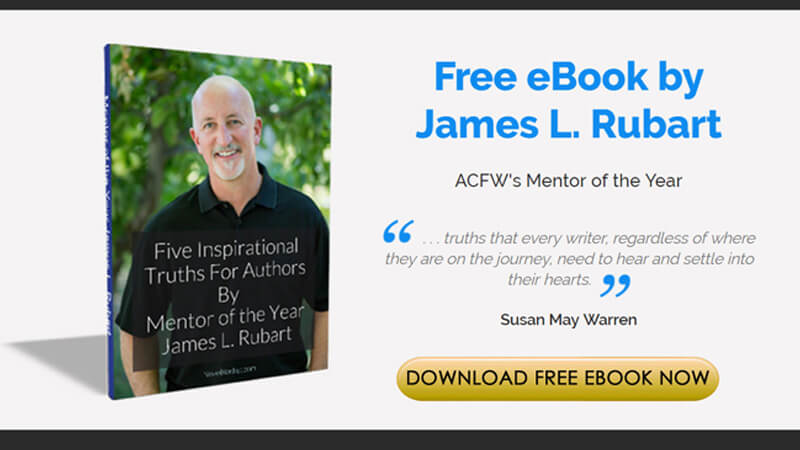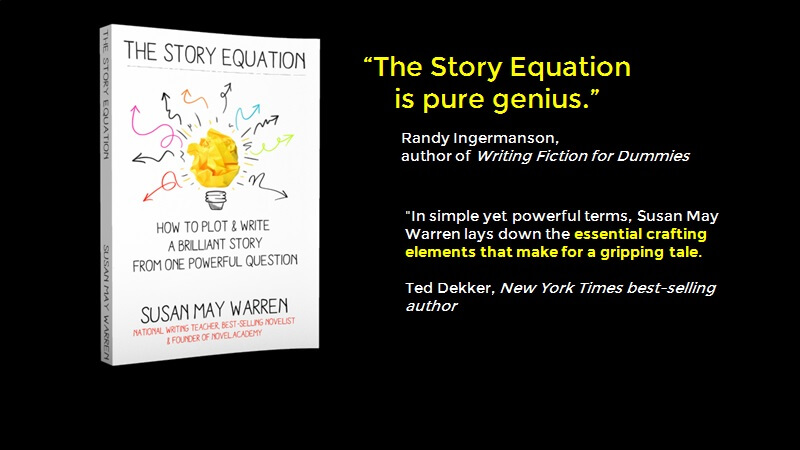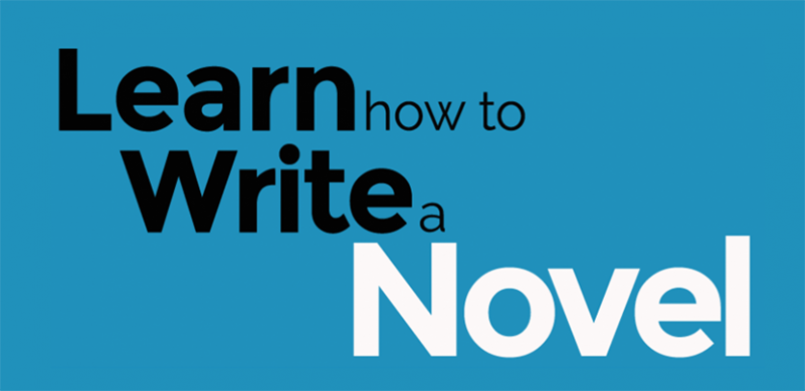Tamara Tilley resides with her husband, Walter, and their two sons at Hume Lake Christian Camps in the Sequoia National Forest. They have served on full-time staff and have ministered at Hume for more than eleven years.
Tamara manages one of the retail stores at Hume Lake, which serves thousands of kids visiting the conference center on a daily basis.
She completed twelve years of home schooling with the graduation of their youngest son, John, in 2005. Her family has recently expanded with the marriage of their oldest son, Christopher. His wife, Jennifer had been a welcome addition to the family and a wonderful picture of God’s faithfulness.
By Tamara Tilley
A common response to my books is, “How do you come up with your characters? They seem so real.”
I’ve had many people comment about my characters both the good ones and the bad. In fact, I had one person tell me, “You know you have a good book when you can really love one character and really hate another.” He explained to me that if the character that had so incensed him had been real, he would have punched him in the mouth. Another reader said that she so hated one of my characters, she found herself not only clenching the book but clenching her teeth. Of course, I also include some real champions in my books. I have gotten wonderful feedback regarding some of the characters that are so authentic, so compelling that the reader can’t help but fall in love with them.
I'm thrilled when I receive such expressive comments. I'm excited to know my books can raise such emotion in people. My desire is to create characters that are so realistic you can picture them in your mind and either love them or hate them. That’s what I think makes a great book.
While the goals of my stories are entertainment, and encouraging the believer to be all they can be, in no way do I paint a picture of perfection. Many of my characters are what you would consider flawed. They have their weaknesses and personal battles they struggle with. My characters are not necessarily all Christians, and the ones that are, are by no means perfect.
I would love for readers to be able to pick up one of my books, fall in love with the characters and get pulled into the drama and intrigue. I prefer the stronger characters in my books, to not stand back and talk about their faith, but to live it.
If a character is struggling with something in their life, I want the reader to be able to identify with that person. It might be a struggle the reader or someone close to them has experienced. This makes the reader feel as if they are in the story with that character, feeling their hurt, sensing their pain.
The key to creating individuals of depth is to maintain consistency. Sometimes mental images can fade and you lose the vividness of a character. As an author I’ve found great value in creating a personal profile of traits, timelines, and details specific to each person in my books. This becomes my reference point as I write so that I don’t contradict myself, confusing or surprising the reader.
I first start with the physical characteristics of a character. I am very detailed when if comes to their eye color, features, hair color and texture, and age, just to name a few.
I then move into their background, which can be anything from their relationships and family history, to their jobs, likes, dislikes, and hobbies. I do this for secondary characters as well as main characters. The more information I have to reference, the more likely I am to avoid discrepancies.
Not only do I create a profile for each character, but I find it helpful to profile all aspects of a book. This includes the timeline, the seasons and any holidays mentioned, when the characters first interacted with each other, settings, and anything else relevant to the overall flow of the book.
For example, if a reference is made in the opening pages of a book regarding the fall leaves rustling underfoot, but within the next few pages your reference is to the warm summer breeze blowing through the trees, you’ve successfully confused the reader. They will assume one of three things. Either, they’ve missed something and will flip back through the book looking for those details, they’ll assume nothing happened in the story throughout winter or spring. Or worse, the reader will feel as if they have been excluded from that part of the characters lives.
Don’t confuse profiling with outlining. I do not outline every nuance of a story before I sit down to write it. I start with the common details, but continue to add to the profile as I go. Here’s another example. If two characters meet on a Monday, and have a date or an appointment that Friday, I jot it down in the profile. Any references to future meetings, dates, or appointments, can get forgotten by the author if they don’t make note of it. This way, if I have to put my writing on hold for a few days, when I pick it back up, I’m less likely to make the mistake of talking about how the characters spent a fun-filled weekend, never referencing the meeting of the previous day. By writing down these little details, I have been able to avoid omissions or writing out of sequence.
As a reader I am often frustrated when details seemed contradictory or vague. As an author, I feel it’s my responsibility to paint with precision the characters and settings that make a book real, consistent, and memorable. It’s my desire to create a world you can escape into and enjoy from the first chapter through the final pages.
As a beginning writer, I know I’ve enjoyed the practical advice offered to me by other authors, both renowned and newcomers in the field. I hope these small suggestions have been helpful or at the very least given you something that you can build on as you continue to develop your own writing style. I am by no means done learning all there is to know about writing, but I am enjoying the journey.
Check out Tamara's debut novel by clicking here.
A quiet beachfront town.
An attempted hit.
A shaky romance.
An unexpected twist.
Tuesday, May 23, 2006
Home »
» Believable Characters: Consistency is Key
Believable Characters: Consistency is Key
Tuesday, May 23, 2006
7 comments























Thanks, Tamara.
ReplyDeleteWhat kind of organizational system works best for you to keep track of the details?
Thanks for sharing with us Tamara. Congrats on your debut novel.
ReplyDeleteKelly-
ReplyDeleteSince I do all my writing on my laptop, I create a folder for each book that's in progress. It will contain the manuscript, and a companion file for the profile. This makes it very easy to bounce between the two. I don't have to dig out a journal, or close the manuscript I'm working on in order to update my notes. It's very convenient and takes only a second of my time instead of the time it could take to search through the manuscript for the details I am looking for.
Thanks for the question. I hope this helps.
I really enjoyed this, Tamara. I, too, create exhaustive characterization sheets before starting a manuscript, but I learned some new tips from you. Thanks!
ReplyDeleteThank you Tamara. I am working on my first novel and this is just what I needed to hear. I've been having trouble with some of my characters because I just don't know them well enough and I've been to lazy to do profiles. But that's just what I need to do. thanks for the reminder!
ReplyDeleteThanks for the questions and comments. If you'd like to read more about Full Disclosure, you can go to my website at, www.tamaratilley.com
ReplyDeleteThanks again, Tamara.
ReplyDelete